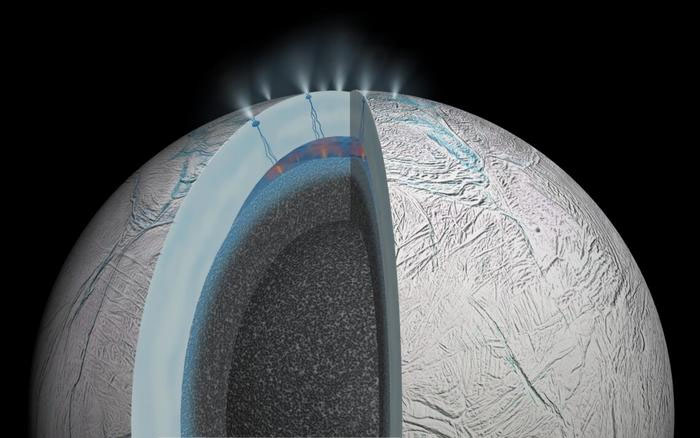
Nanotechnology
Indicators of life detectable in single ice grain emitted from extraterrestrial moons – Insta News Hub
- by nsubhash
- March 25, 2024
- 0 Comments
- 4 minutes read
- 37 Views
- 11 months ago








